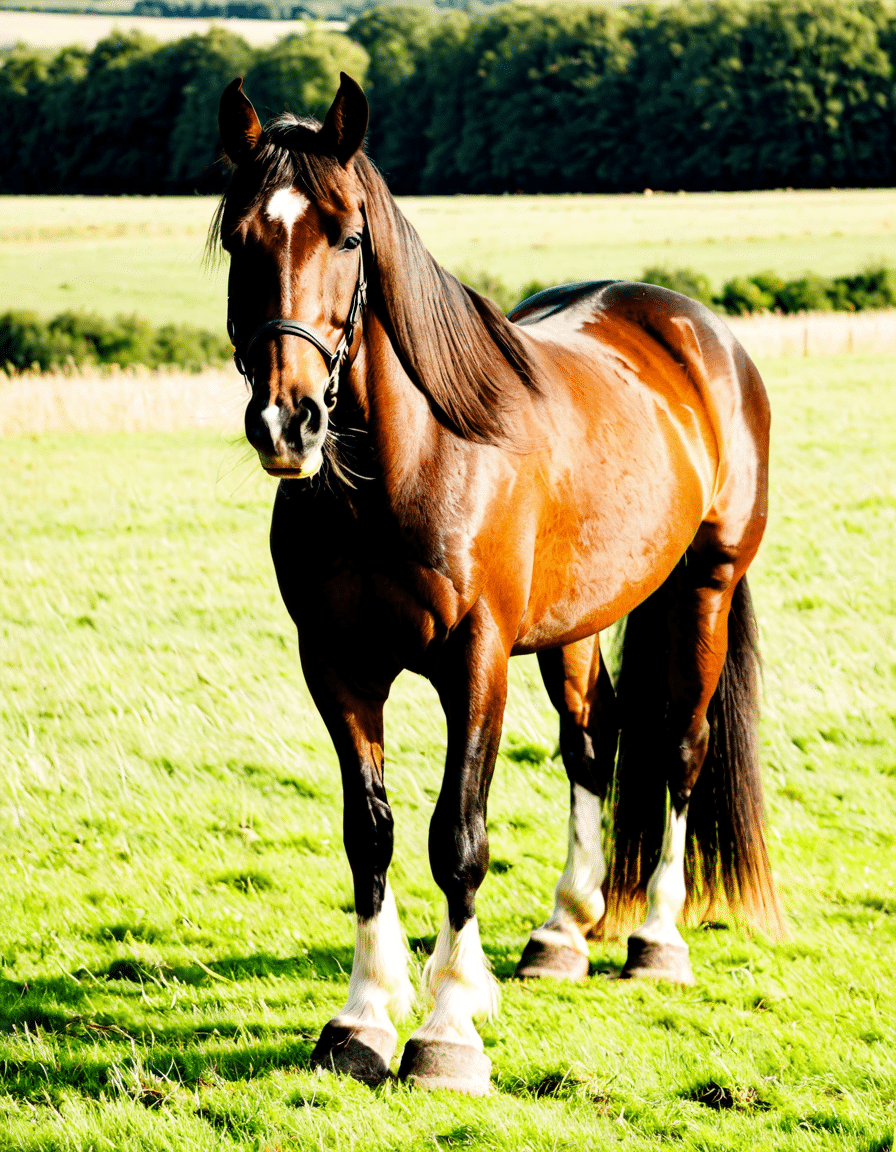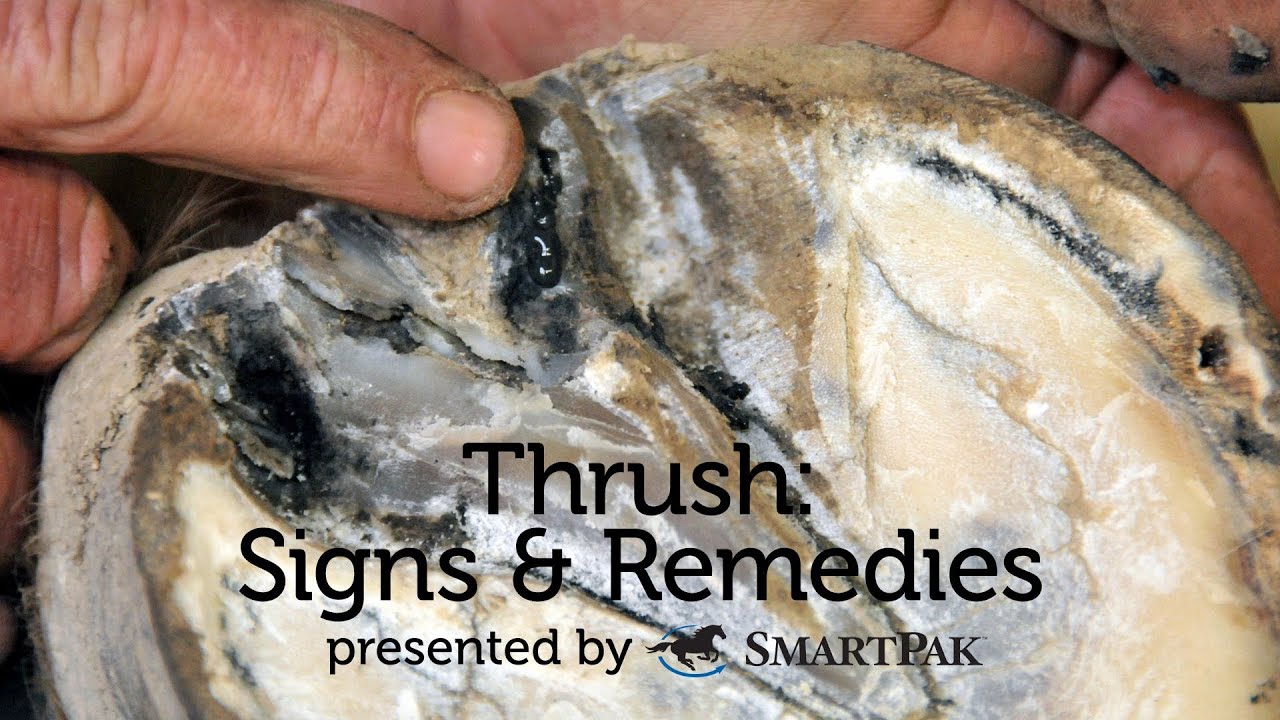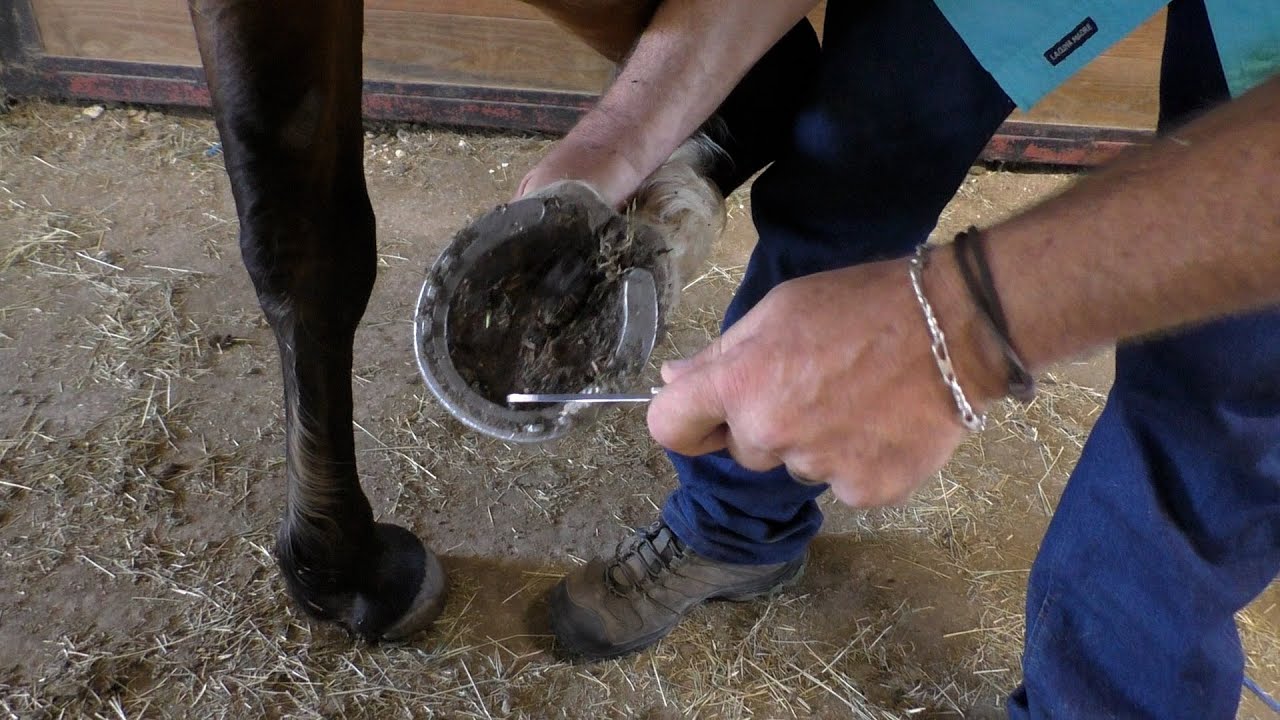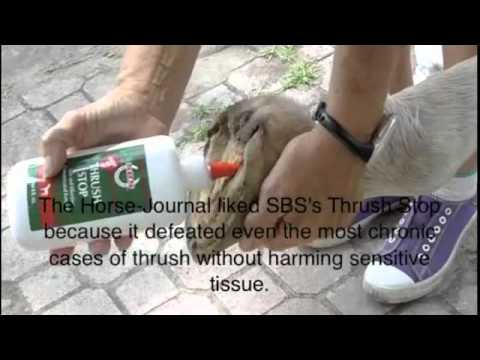Thrush horse hoof is more than just an inconvenience for horse owners; it’s a significant health issue that can cause pain and discomfort for your equine friend. This common hoof condition arises primarily from fungal and bacterial infections thriving in damp, dirty conditions. Affected horses often have a black, foul-smelling discharge coming from their hooves and an unpleasant smell that can put you off your feed. By familiarizing yourself with the causes and symptoms of thrush, you can catch it early. Tenderness in the heels, dark discoloration of the frog, and a noticeable reluctance to work are signs you shouldn’t overlook.
Understanding Thrush Horse Hoof: Causes and Symptoms
The battle against thrush starts with understanding its origins. Thrush is primarily caused by bacteria and fungi, which flourish in wet, filthy environments. If a horse spends time standing in muddy or soiled areas, the risk of developing thrush increases exponentially. While thrush can indeed affect any of the horse’s hooves, it often targets the frog—the heart-shaped structure on the underside of the hoof—along with the sulci (the grooves) that run alongside it.
Symptoms of thrush horse hoof can differ from mild to severe. The telltale signs include black, smelly discharge, tenderness, and a horse that’s less eager to work than usual. If left untreated, thrush can invade deeper tissues, potentially leading to severe complications such as lameness or the erosion of vital structures in your horse’s foot. So, always be vigilant and check those hooves!
Recognizing Symptoms
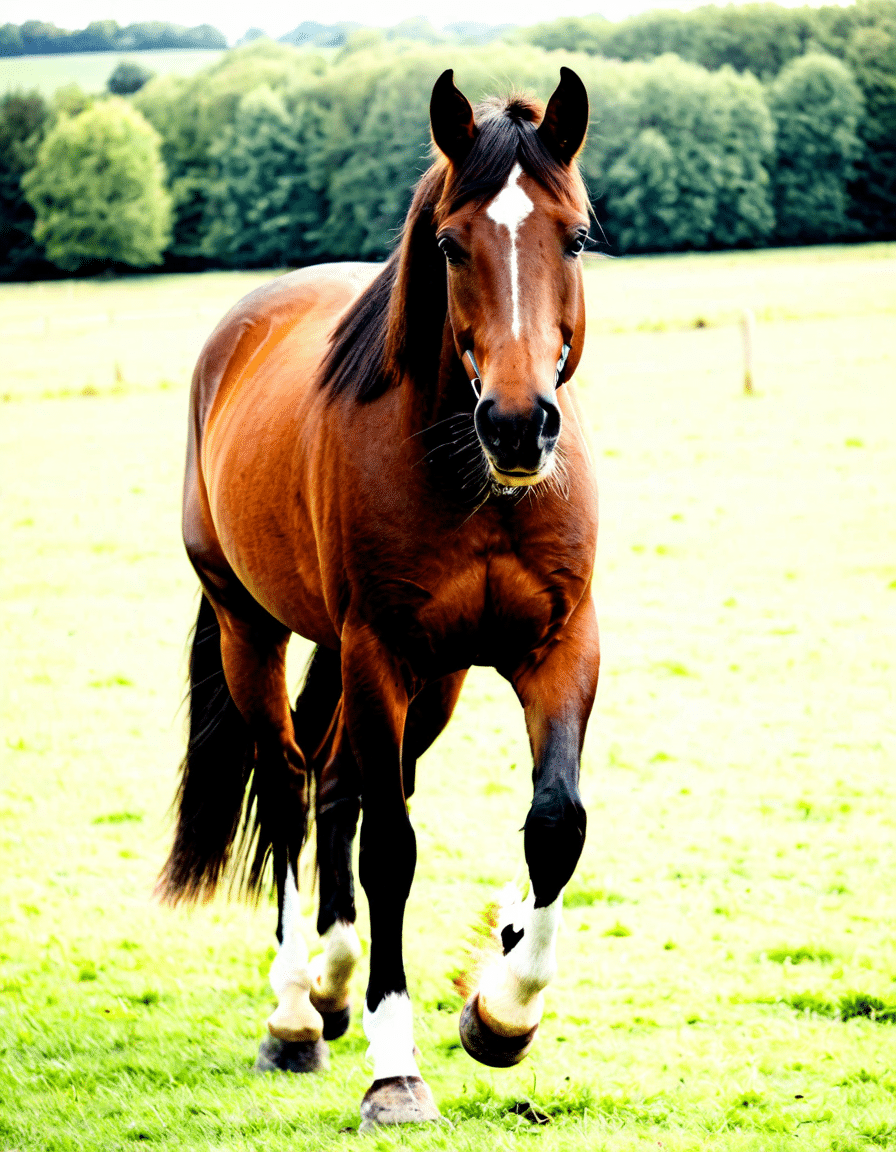
Top 7 Treatments for Thrush Horse Hoof
When it comes to treating thrush horse hoof, there are several strategies available. Let’s dive into the best practices to get your horse back on the road to recovery.
Keeping those hooves clean is vital. Use a good quality hoof pick—like the popular Equisure Hoof Pick—to remove dirt and debris daily. Spot clean the frog and heels especially well, as these are breeding grounds for bacteria.
Consider applying antiseptic solutions to help wipe out the harmful bacteria lurking around. HooFix Antiseptic Hoof Spray is well-regarded for not only killing these pathogens but also managing moisture in the hoof.
For more entrenched cases of thrush, copper sulfate powder presents a solution. Thrush Buster mixes copper sulfate with other ingredients, making it a go-to choice for quickly treating the affected areas.
Regular hoof trimming by a qualified farrier is crucial. A good farrier can help develop a strong hoof strategy that allows for optimal hoof health. They will also be on the lookout for early signs of thrush.
Soaking your horse’s hooves in a dilute solution of Epsom salts and water can work wonders. This treatment helps draw out inflammation and promote healing. Aim to soak about 2-3 times a week for best results.
Keeping your horse’s living area dry cannot be overstated. Products like SoftStall or Equisol help maintain a dry environment, thereby reducing the risk of thrush breaking out.
When your horse is recovering, consider fitting them with therapeutic boots—like the Cavallo Simple Boot. These boots provide great support while allowing for necessary airflow, keeping the hooves clean even in wet conditions.
Maintenance Tips After Thrush Treatment
Once thrush has been dealt with, prevention remains the name of the game. Regular hoof inspections should be part of your routine—don’t wait for symptoms to arise. Combining good hygiene with proper nutrition is essential. Keeping your horse hydrated and well-nourished with adequate vitamins and minerals will also strengthen their hoof health.
Remember, a horse’s hooves are just as important for performance and comfort as any other part of their anatomy. When you keep the hooves in top shape, you’re safeguarding your horse’s overall health.
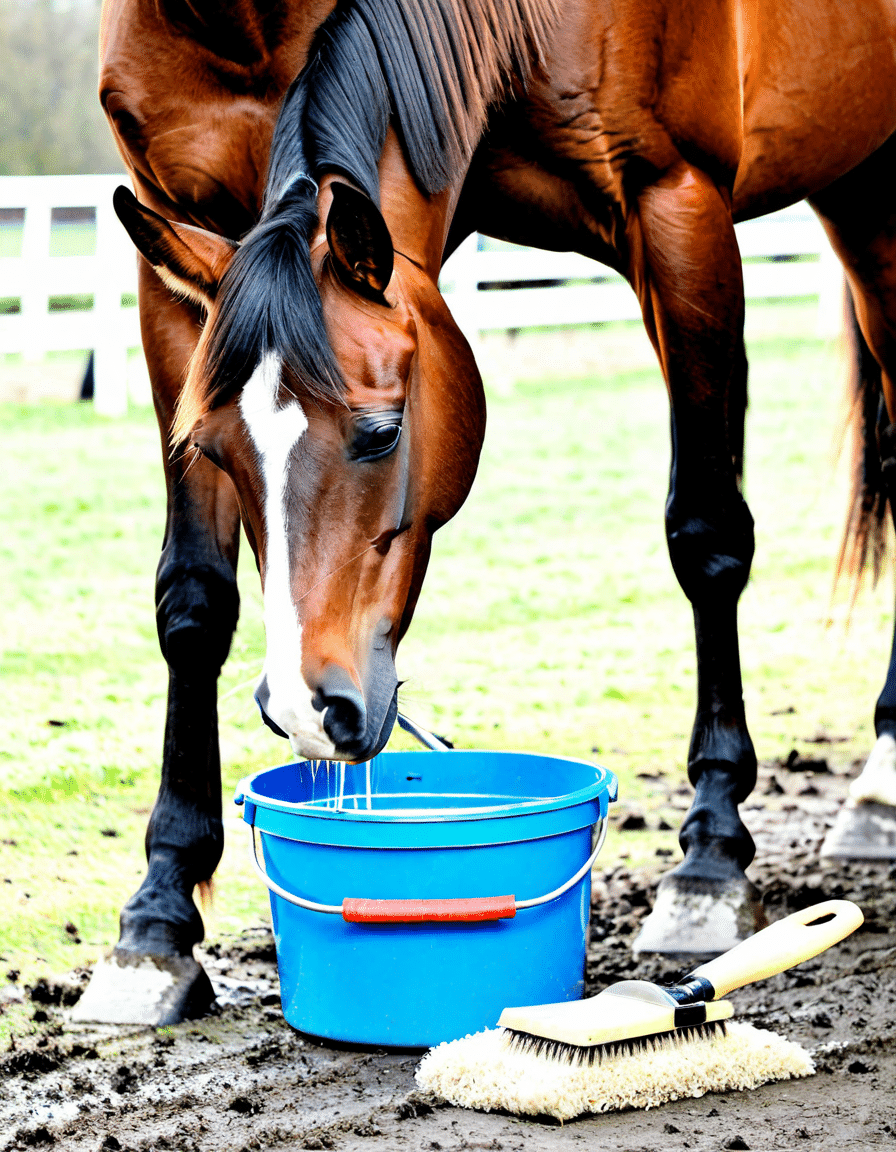
The Parallels of Thrush in Horses and Ingrown Nails in Cats
Interestingly, something similar can happen to your feline friends—cat ingrown nails. Just as thrush flourishes in moist conditions, ingrown cat claws may arise from improper nail care or insufficient scratching surfaces. Paying close attention to your cat’s nails can offer peace of mind and save both of you a whole lot of trouble.
Recognizing Cat Ingrown Nails:
Preventive Measures for Ingrown Cat Claws:
Just like in horses, maintaining healthy claws and hooves greatly affects your pets’ happiness and well-being.
Best Practices for Thrush and Nail Care
Taking the time for comprehensive treatment and preventive measures enhances the health and well-being of both horses and cats. By staying informed and proactive, pet owners can tackle potential issues like thrush and ingrown nails effectively, ensuring happy, thriving pets at home.
As we strive to keep our pets healthy, remember to always check in on the little things that make a world of difference—like a hoof inspection or nail trimming. When you care for your pets, you set them up for a long life filled with joy!
Thrush Horse Hoof: Fun Trivia and Interesting Facts
Odd Facts About Thrush Horse Hoof
Did you know that thrush horse hoof is a common yet often underestimated condition in horses? This hoof ailment, caused by bacterial or fungal infections, thrives in damp, unsanitary environments, making proper hoof care vital. Speaking of oddities, just like horses can fall prey to infections, other pets face unique challenges too. For instance, did you know that a cat’s meow can be quite the charming sound, akin to their enchanting cat meow sound effect?( It just shows how important it is to keep your pets healthy and happy, whether they have hooves or paws!
Another fun fact about thrush horse hoof is that it can develop into more serious health problems if not treated promptly. Imagine this: having a horse with unhealthy hooves can really impact its performance. Just as a dark Belgian Malinois() showcases agility and strength, a healthy horse can shine in competitions. Caring for their hooves can be like keeping a high-value asset, much like understanding the average interest rate on a house() adds real value to a home investment. Keeping an eye on your horse’s hoof health today can help prevent bigger issues tomorrow!
Hoof Health Hacks
When tackling thrush horse hoof issues, remember that proactive hoof care goes a long way. For instance, regular trimming and maintaining a clean environment can keep thrush at bay. Not being vigilant, however, can lead to a hoof crisis, which can feel worse than showing up unprepared for a big meeting—like an actor forgetting their lines on set, reminiscent of the cast Of How do You Know!( Keeping up with routine assessments can save owners from unnecessary veterinary visits and hefty bills.
In case you’re wondering how long it takes to recover from thrush, it can vary, but with proper treatment, you can see improvement in about How long Is 12 Weeks,(,) depending on the severity. It’s a bit like training a new puppy: patience and consistency go a long way! And for those curious about horse care, feeling like an expert is all about learning, just like how avid movie buffs enjoy diving deep into Ian Mcshane Movies And TV Shows.(.) Every little piece of knowledge can help improve your horse’s well-being in the long run, giving every hoof the chance to thrive!
